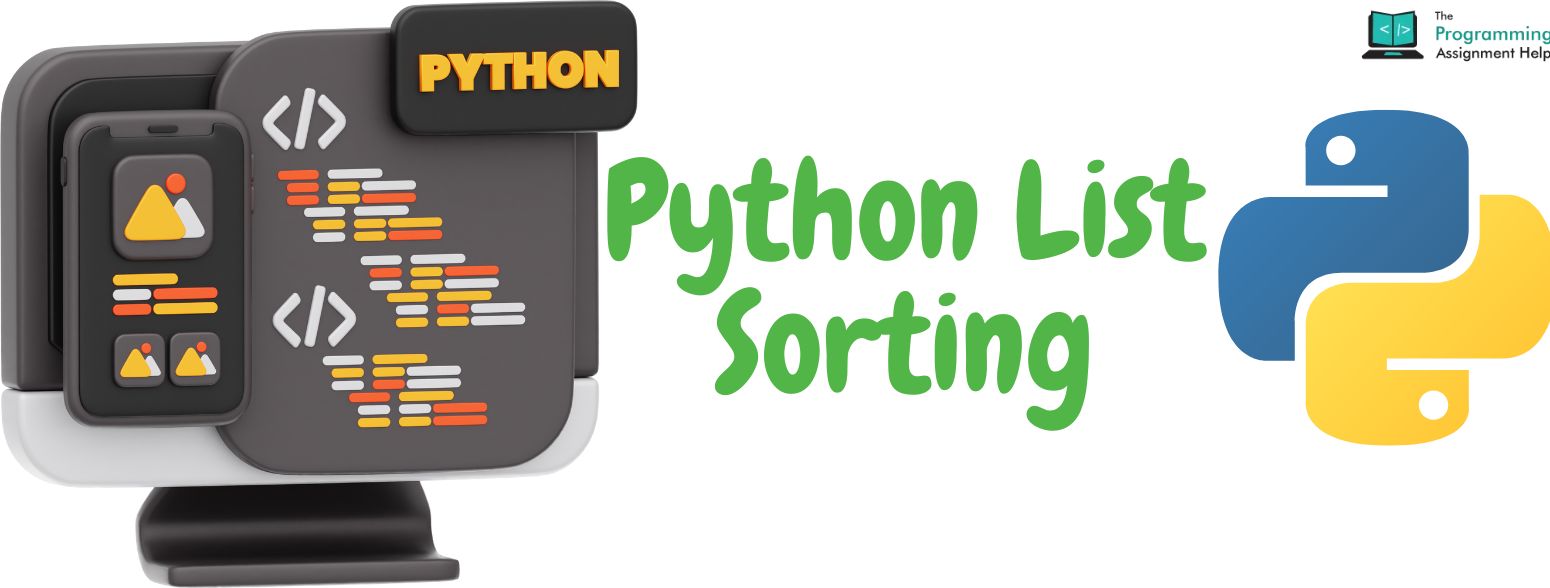
- 10th Oct 2024
- 18:15 pm
- Nia Sharma
Python programming is a popular choice because it’s easy to pick up and use, even for beginners. One of the everyday tasks you’ll likely come across is sorting lists. Whether it’s names, products, or other types of data, arranging them alphabetically helps you stay organized and makes your work more efficient. In this post, we’ll explore four straightforward ways to alphabetize lists using Python.
1. Using the sorted() Function
The `sorted()` function is a simple and effective way to alphabetize a list in Python. It creates a new list with the items in alphabetical order, leaving your original list untouched. This is really useful if you want to organize your data alphabetically but still keep the original list as it is.
For instance, if you have a list of names and want to sort them without changing the original order, `sorted()` is the perfect solution. The sorted() function does just that!
2. Using the sort() Method
Another way to sort lists is with the sort() method. This one directly changes the original list and sorts it in place. So, if you no longer need the original order of your list and just want to have it alphabetically sorted, the sort() method is a great choice.
The difference between sort() and sorted() is that sort() changes the list itself, while sorted() creates a new sorted list.
3. Case-Insensitive Sorting
By default, Python sorts lists with capital letters first, which means that uppercase names or words come before lowercase ones. This can sometimes look a little messy. If you want to ignore the difference between uppercase and lowercase letters, you can make the sorting case-insensitive.
This makes sure that both "apple" and "Apple" are treated the same when sorting, and it can be really helpful when you need a cleaner alphabetical order.
4. Sorting More Complex Data
Sometimes you may need to sort lists that contain more than just simple words, like a list of people with their ages or other details. Python allows you to sort these lists by specific elements, such as alphabetizing them by name or ordering them by another attribute, like age.
This is useful when you’re working with more structured information and need to sort based on different criteria.
Conclusion
Sorting lists in Python is quick and easy. Whether you want to keep the original list intact with sorted(), change it directly with sort(), ignore capital letters, or sort complex data, Python gives you simple tools to get the job done. For more tips and help with your Python assignments, check out The Programming Assignment Help for expert support.








